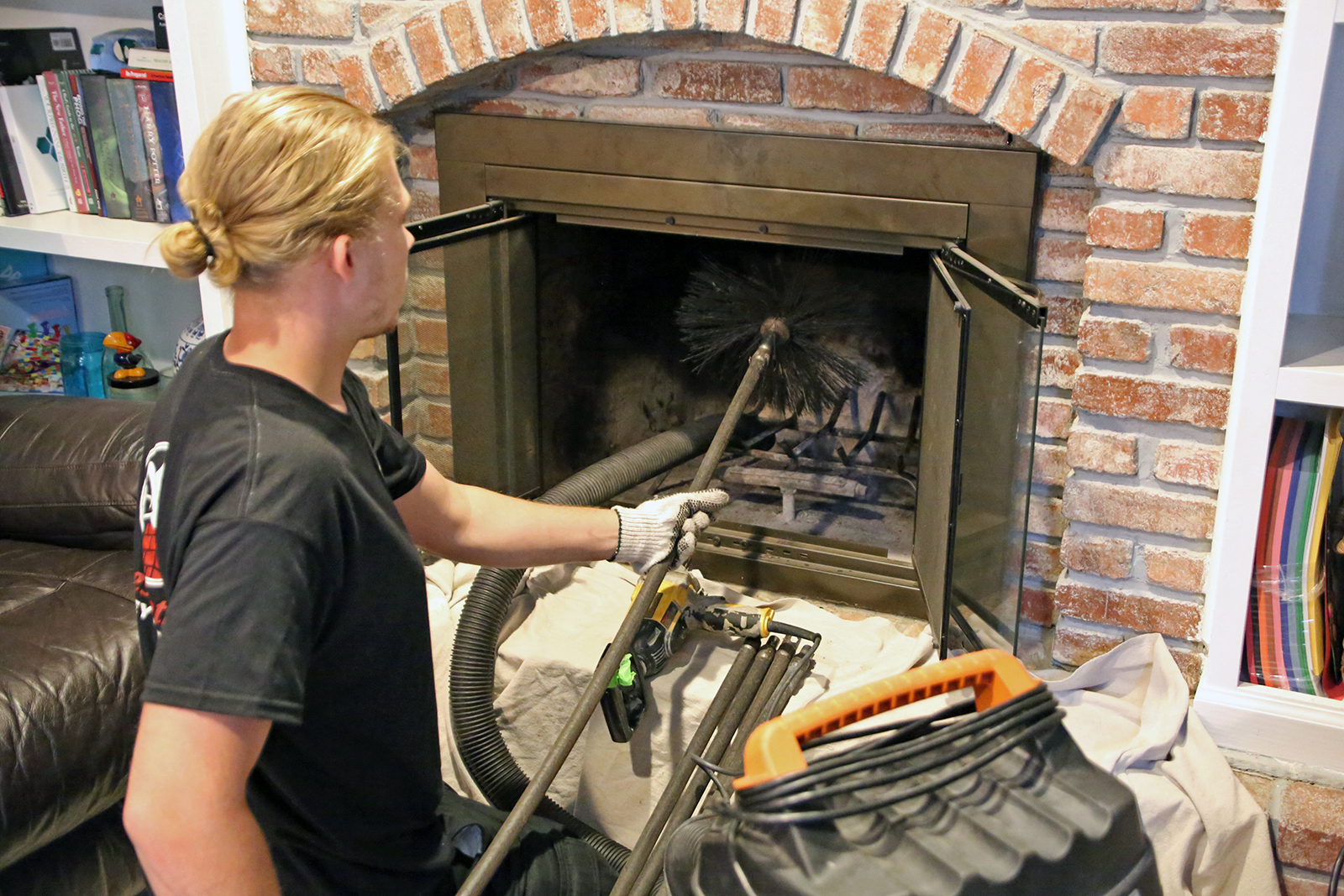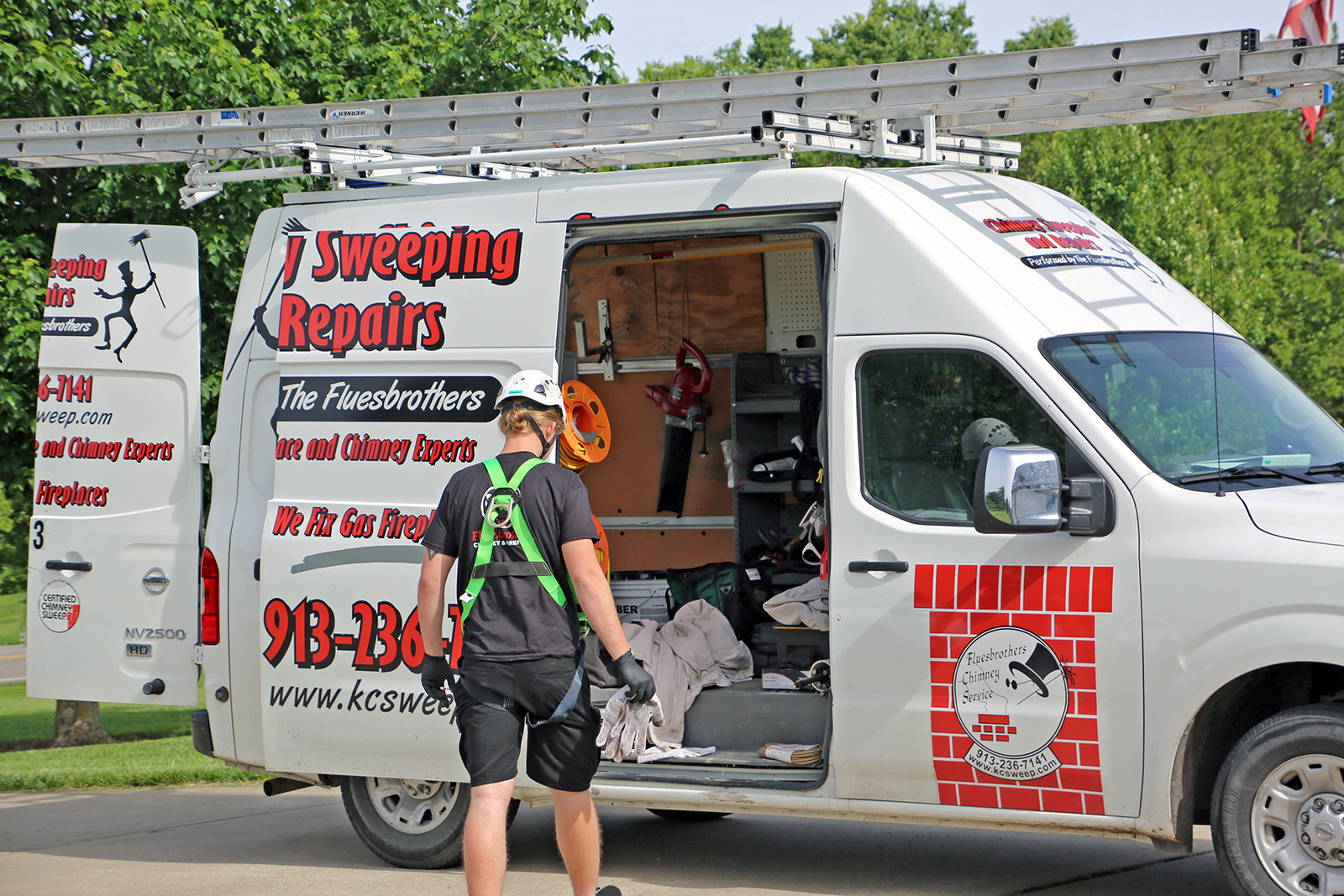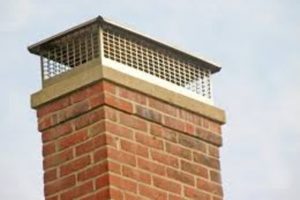What’s the Buzz?

If you have a flower or vegetable garden, you’ve been spending extra time watering the plants. I’ve had to water twice per day as the heat created extra stress on my growing meals. While outside, it became increasingly annoying with the wasps. I’m sure there has to be a wasp nest nearby as I keep getting pelted in the head, arms and legs.
I’m amazed how much damage these one-inch creatures can do. I decided to look further into their nesting situation. I found one at a back door by the hose. They somehow chewed their way into an entry point, which I thought was just at the door. It wasn’t. It was inside of the brick. I used caulk to close up the hole. Being absolutely resourceful, the wasps made a new exit under the concrete stair.
As I made my way to the vegetables, which I leave in pots due to wild critters harvesting the vegetables before I do, I started to get bombarded again with wasps. I followed the wasps. This time, they chewed through the caulk on the window sill and began to nest. Not just one window, three.
I decided the entire house needed inspection. I looked high and low and so far, so good. However, I didn’t look high enough. I noticed the wasps were flying higher than I was looking. Here we go again. This time a wasp nest in the chimney. As I climbed to get a closer look, the vision become clear…there was a good size nest in my chimney.
Wasps do die off at the end of summer, with the exception of the queen, but they do leave the house behind. The wasp nest is made from chewed wood that is paper thin. Wasp nests are also flammable. When it’s time to turn on your fireplace, a fire can start. If you’ve seen plenty of wasps hanging around your home, it’s best to have a chimney inspection to clear it of any obstructions.
Wasps that are nesting in a fireplace vent, a popular location, most likely will find their way down the flue and into the fireplace. If your fireplace doors are closed, maybe they’ll stay out, but expect them to find a tiny hole to squeeze through.
It is not recommended to try to burn the wasp nest yourself. Even though they may have ‘moved out’, the wasp nest is lightly attached to the wall of the chimney. By opening a flame or heat to a flammable paper product (the nest), there’s a chance that you or your property can get burned. On the chance that a few have remained behind in the nest, they can often turn violent and come right after you.
Let’s keep your house and family wasp free by getting a chimney inspection now. Then when you want to turn on or fire up the fireplace, you’re good to go. Contact us for an inspection at 877.244.6349.
This post first appeared on https://www.superiorchimney.net
 How to Prepare for Chimney Sweeping Services
How to Prepare for Chimney Sweeping Services Chimney Sweeping is a Vital Service
Chimney Sweeping is a Vital Service
 Chimney cleaning 101
Chimney cleaning 101 How you can help the chimney cleaning process
How you can help the chimney cleaning process Chimney sweeps often have more scheduling flexibility during spring, summer, and early fall. When the cold weather hits, it seems like everybody jumps on the bandwagon at once to schedule cleanings and inspections. It’s a lot easier and safer for chimney technicians to perform outside repair work during nice weather. Chimney repairs that involve mortar compounds (tuckpointing, smoke chamber parging, crown rebuilding, etc.) can be done better and faster before the cold of winter sets in.
Chimney sweeps often have more scheduling flexibility during spring, summer, and early fall. When the cold weather hits, it seems like everybody jumps on the bandwagon at once to schedule cleanings and inspections. It’s a lot easier and safer for chimney technicians to perform outside repair work during nice weather. Chimney repairs that involve mortar compounds (tuckpointing, smoke chamber parging, crown rebuilding, etc.) can be done better and faster before the cold of winter sets in. Certified chimney technicians perform all CSIA-recognized levels of chimney inspections. The basic inspection you should schedule once a year includes an examination of all visible areas of the chimney/fireplace system including the structural masonry, chimney cap/chase cover, chimney crown, roof flashing, firebox and more. Annual chimney inspections let you get on top of early signs of damage or malfunction and have them fixed before extensive – and expensive – repair work is needed.
Certified chimney technicians perform all CSIA-recognized levels of chimney inspections. The basic inspection you should schedule once a year includes an examination of all visible areas of the chimney/fireplace system including the structural masonry, chimney cap/chase cover, chimney crown, roof flashing, firebox and more. Annual chimney inspections let you get on top of early signs of damage or malfunction and have them fixed before extensive – and expensive – repair work is needed. Here are four reasons to
Here are four reasons to  CSIA-certified chimney sweeps perform two primary jobs:
CSIA-certified chimney sweeps perform two primary jobs: What is the Stack Effect?
What is the Stack Effect? Contact Northeastern Chimney Today
Contact Northeastern Chimney Today


 Leaky chimney
Leaky chimney